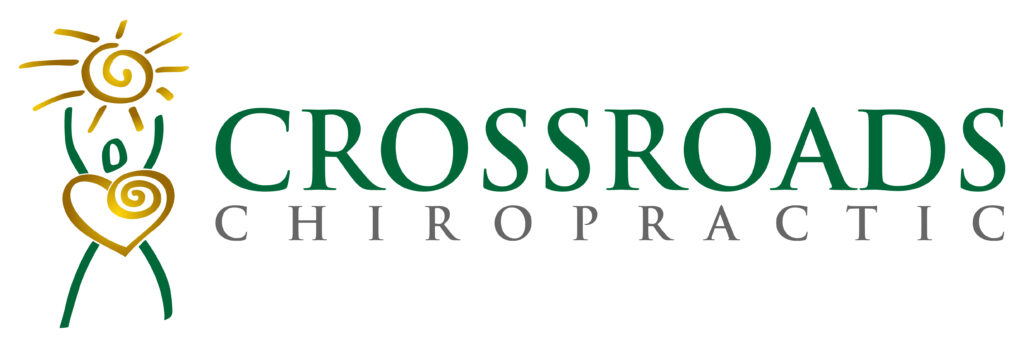You’ve all heard us mention the disc’s of your spine. These are the “cushions” between your vertebrae that help give movement such as bending, flexion and twisting to your spine. Our discs also provide us with height. They are like shock absorbers in our spine, providing us with flexibility while also resisting forces.
Unfortunately over time due to many different things such as trauma, injuries and wear & tear from our bodies not being in proper alignment, our discs can wear down. What this basically means is that the discs aren’t as thick and cushiony as they should be. They can thin out, some of the fibers can tear from injuries and sometimes they even herniate. When a disc starts to wear and thin out, we say it degenerates, meaning it is deteriorating. Many of you may have been told by either us or a doctor that you have degenerative discs in your spine. As the discs degenerates there is less cushion between the bones of the spine. This means there is more stress placed on those bones and joints, which can causing spurring on them. This is the bodies intelligent way of creating stability in an unstable area. Unfortunately, this whole process can cause some pain and discomfort.
The discs and vertebrae of your spine basically form many joint spaces in your spine. As discs deteriorate, this causes these joint spaces to thin out. When this occurs, you may experience a decrease in range of motion, a decrease in flexibility and pain. It may become difficult to move as “fluidly” as you once did. Pain may be worse upon sitting, bending, lifting, being in one position for too long and an increase or flare up during cold/wet weather. Movement may help decrease the pain and changing positions can help with it too. This probably all sounds familiar….as it pretty much describes the symptoms of arthritis. Degenerative discs is pretty much a more descriptive term of arthritis in the spine…it is the same thing.
We have had many practice members come to us saying their primary care doctors had told them they had arthritis in their backs. We can confirm this by taking x-rays and seeing if there is less of a space where the discs should be along with spurring of the vertebrae. Even though we cannot regrow disc, chiropractic care can help slow the progression of further degeneration and spurring. This means that some people may always have some off and on discomfort from the already degenerated area, however by staying well adjusted you are making sure that area stays as healthy as it can. You can also help support the degenerated area from further deterioration by making sure you are well hydrated, strengthening your core and keeping movement in your day. You can help those in your family, especially your kids, from experiencing disc degeneration by having their spines checked at an early age.
